The biodiversity management plan at Canterbury Golf Club
A retired landscape architect used lockdowns in 2020 as an opportunity to map Canterbury Golf Club, which led to government funding to action a biodiversity management plan, which has been put together with support from the club chairman, course manager, green staff and members. This year the club won the ‘Ecological Project of the Year’ award. Helen Heady and Anthony Dance report.
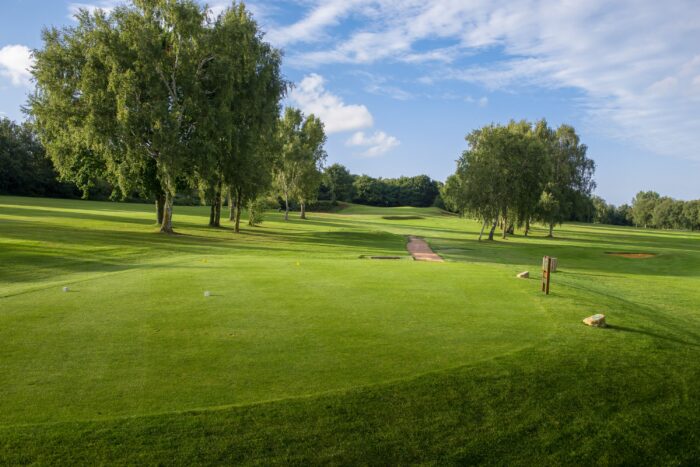
The golf course at Canterbury Golf Club was laid out in 1927 by the world-famous architect, Harry Colt, a year after he had designed and laid out the Old Course at Wentworth. Back in the 1920s the golf course site to the east of the city of Canterbury formed part of a Ministry of Defence military training area. Indeed, further back in time it had been a royal hunting park having been confiscated from the church by Henry VIII.
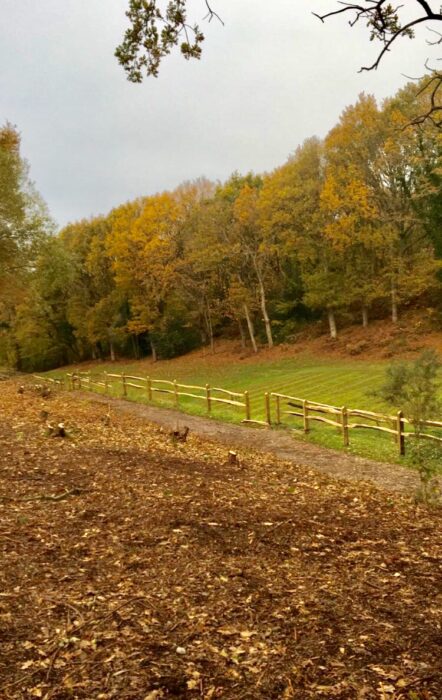
It was a long-standing semi-natural landscape which had escaped any kind of development or agricultural improvement. Its varied geology, topography and native vegetation cover provided an exciting canvas for Colt and his team and supported a mosaic of wildlife habitats with a rich abundance and diversity of plant, insect, bird and animal species.
The unique nature conservation value of the site was recognised and protected in 1968 when almost all of the golf course and a large part of the rest of the training area, known as Old Park, was designated a Site of Special Scientific Interest (SSSI). This is one of the highest forms of protection conferred on land in this country and means that Canterbury GC’s landholding represents one of the finest sites for wildlife and natural features in the UK, supporting many rare and endangered species and habitats which need to be managed and protected as a matter of national interest.
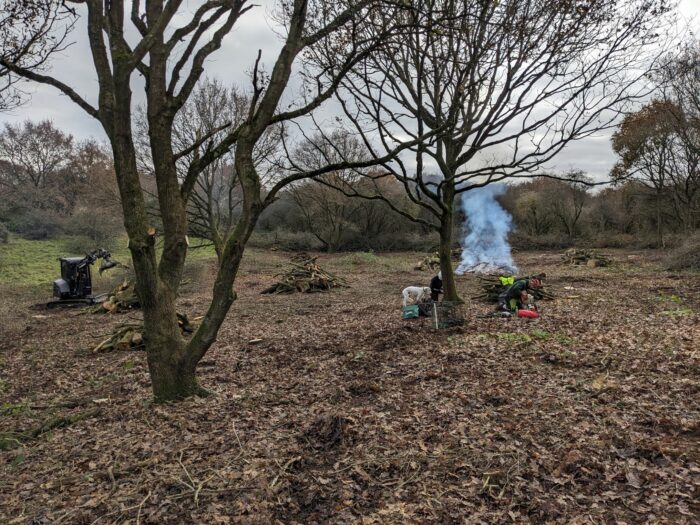
Today, any operation which involves ground or plant (trees in particular) disturbance requires specific consent from Natural England, as the government agency responsible for enforcing the protection and management of all SSSI, although some flexibility is granted to the club to manage the fairways and greens of the golf course.
The need for a management plan
In 2020 Natural England asked the club to provide a comprehensive management plan for the woodland and grassland areas outside the more intensively managed ‘in play’ areas of the golf course within the SSSI.
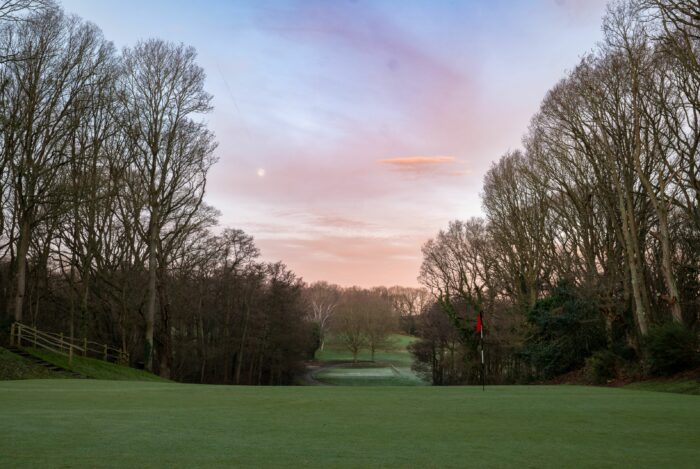
Club member, Anthony Dance, a retired landscape architect, offered to produce a draft plan at no cost to the club. He grew up close to the course, has a lifelong passion for wildlife conservation, and was aware of the unique importance and beauty of the site and its key position in the wider landscape in terms of helping with the recovery of nature. The Covid lockdowns that year provided him with time to put together maps and text and to walk the site to survey the woodland.
A draft biodiversity management plan (BMP) was produced in early 2021 for consideration by the club. It was finally approved and forwarded to Natural England for comment. In early 2022 it formally endorsed and approved the five-year plan (April 2021 to April 2026).
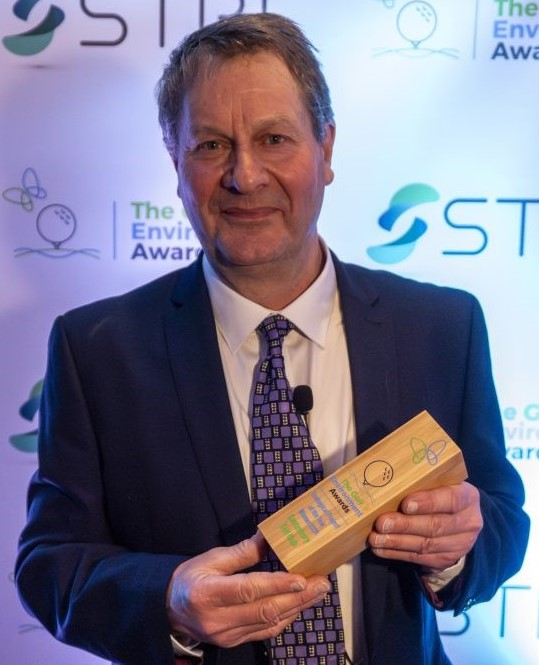
Anthony Dance
Obtaining government grant funding
It was shortly after this, during a site meeting in 2022, that Phil Williams of Natural England urged the club to apply for government funding to enable the action plan within the BMP to be realised. Steve Eeles, a keen supporter and member of the board of directors of the club (now club chairman) asked Anthony to apply for the funding. This involved producing a woodland management plan (WMP) and obtaining a felling licence from the Forestry Commission as well as further consent from Natural England.
The club submitted an application for Higher Tier Countryside Stewardship funding from DEFRA in early 2022. Visits by teams from the Forestry Commission and Natural England followed and minor changes were made to the application. This was a competitive process as there is not sufficient grant funding to meet all application requests.
In late 2022 Canterbury Golf Club’s application was approved and it was offered a five-year Higher Tier CS agreement to manage out of play woodland and grassland areas to increase the abundance and diversity of plants and wildlife which it accepted.
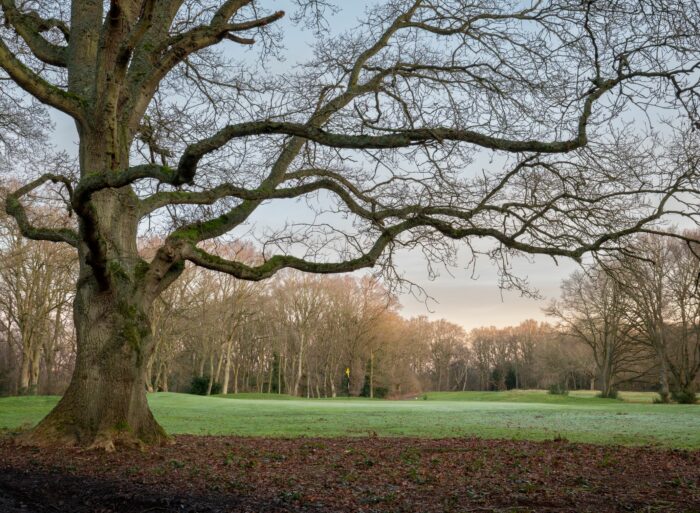
The start of practical management work
January 2023 heralded the start of the DEFRA grant period. With the grant being paid to the club annually at the end of the year it meant the club paying for materials and work up front. Each year, in order to avoid disturbance to nesting birds and all other wildlife, the woodland management season starts in late November and finishes at the end of February. This means that the first two months of the year, January and February, are when the practical woodland management work needs to take place.
The club is fortunate to benefit from a group of enthusiastic volunteers made up of members of the club led by Phillip Thorne. They work closely with the green staff team which is headed up by the course manager, Ray Goodsall. In the quieter winter months one or two members of the green staff team often work with the volunteers to carry out fairway edge woodland management tasks which involve chainsaws and chippers.
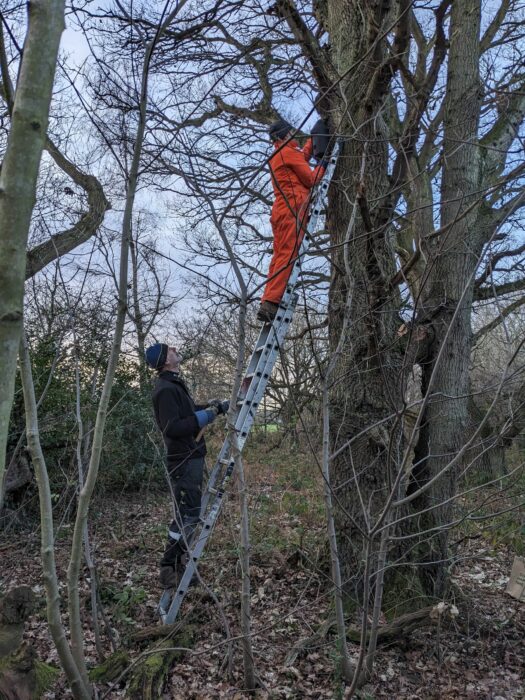
The club purchased 15 bat and 25 bird nest boxes which were installed into woodland areas in February last year by the volunteers who will take on monitoring and cleaning responsibilities. All boxes were checked last December to discover five hibernating bats (common pipistrelle) and nests in all of the bird boxes.
The grant also funded a small pond which was created last February principally to provide fresh drinking water for turtle doves which breed in part of the scrub woodland nearby. The club is working with the RSPB’s ‘Operation Turtle Dove’ coordinator for Kent and Sussex, Nicole Khan, on encouraging this species, which is in steep decline, to return and breed each year.
In December a local contractor was brought in to coppice an area of overgrown hawthorn woodland in order to promote early succession thorn and bramble growth which will provide optimum breeding habitat for nightingales, blackcaps and whitethroats as well as many insect and reptile species. The club is currently in the process of creating several small ponds to add to the richness of this particular habitat.
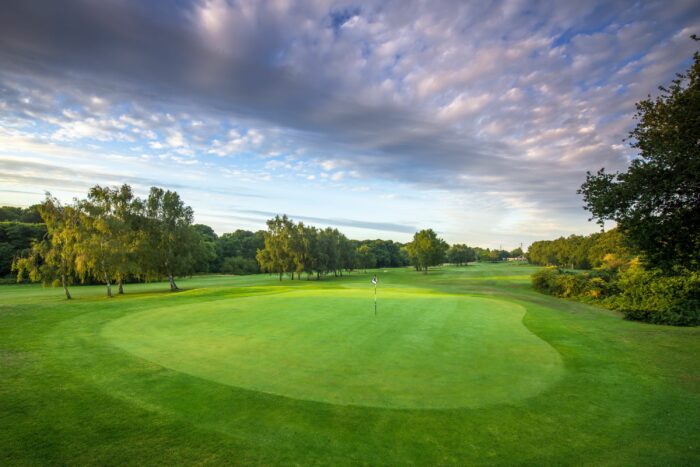
The ‘Ecological Project of the Year’ award
Canterbury GC received this prestigious award in late January at the annual STRI Golf Environment Awards in Harrogate for the aforementioned process the club had gone through to produce a plan and obtain funding to enhance the land for wildlife.
“Everyone at the club is extremely proud of this achievement. It provides welcome, positive local and national publicity, validates all of the work we have done to show that golf courses can be important places for wildlife as well as people and reinforces the reputation that Canterbury Golf Club is building of being a leader in the field of working with nature to create a more memorable golfing experience,” commented the club’s general manager, Roger Hyder.
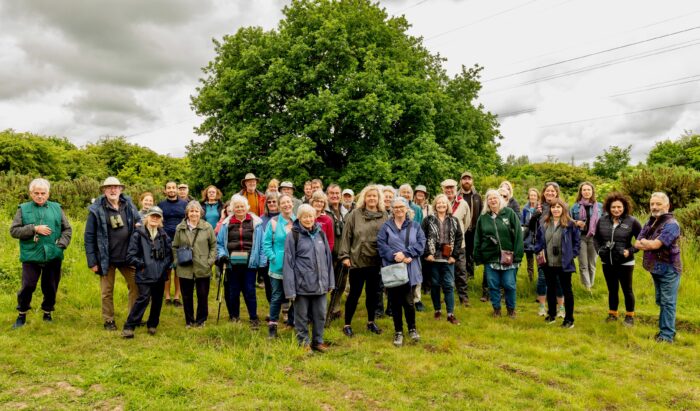
For further information on Canterbury Golf Club, please contact Roger Hyder, general manager at gm@canterburygolfclub.co.uk or on 01227 453532















Good for the future.